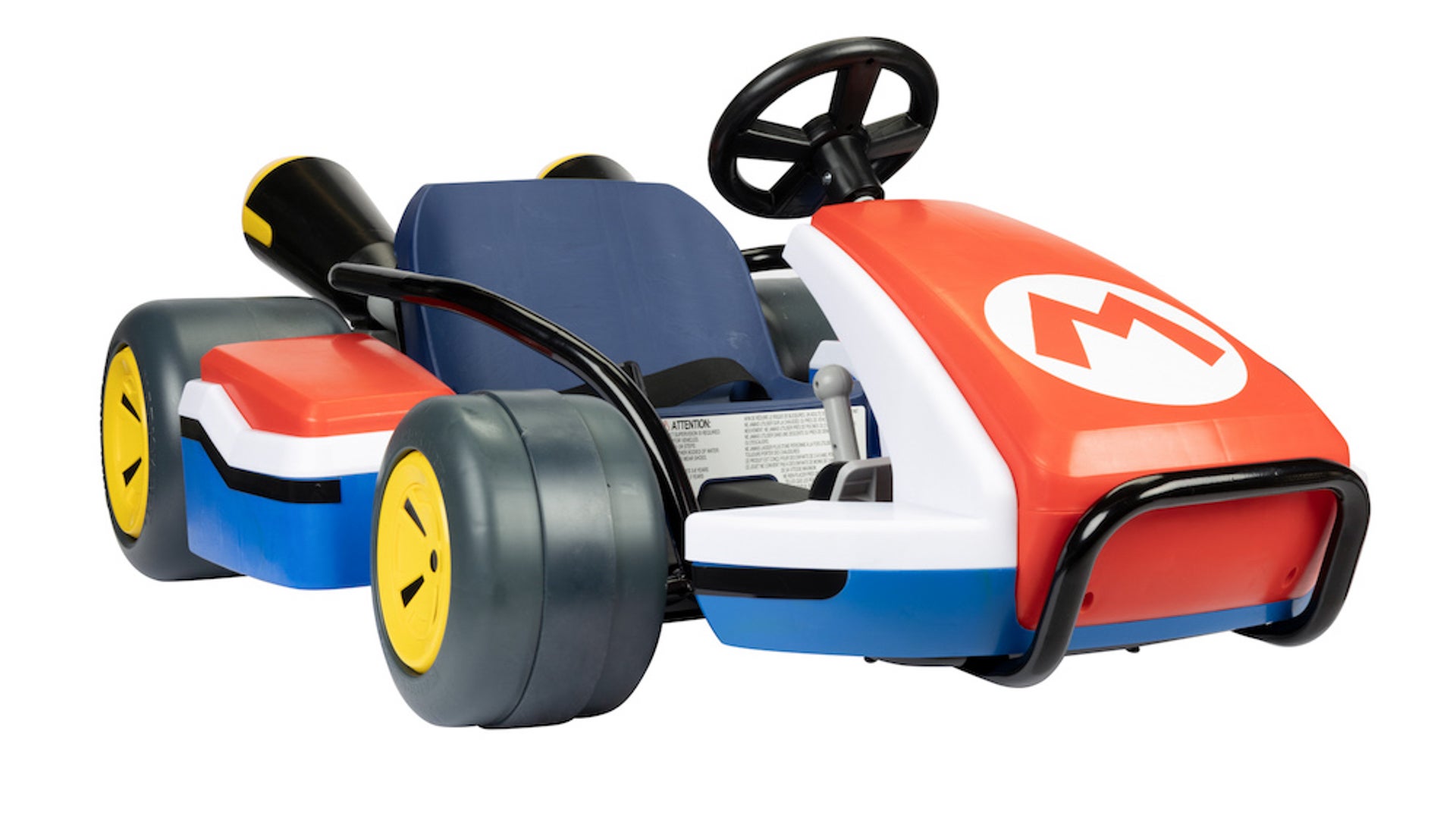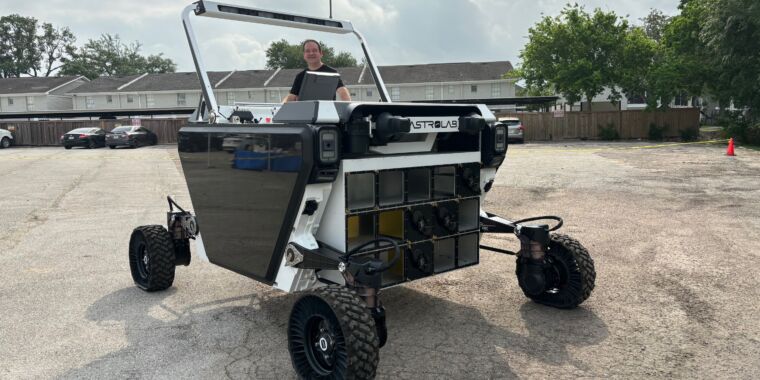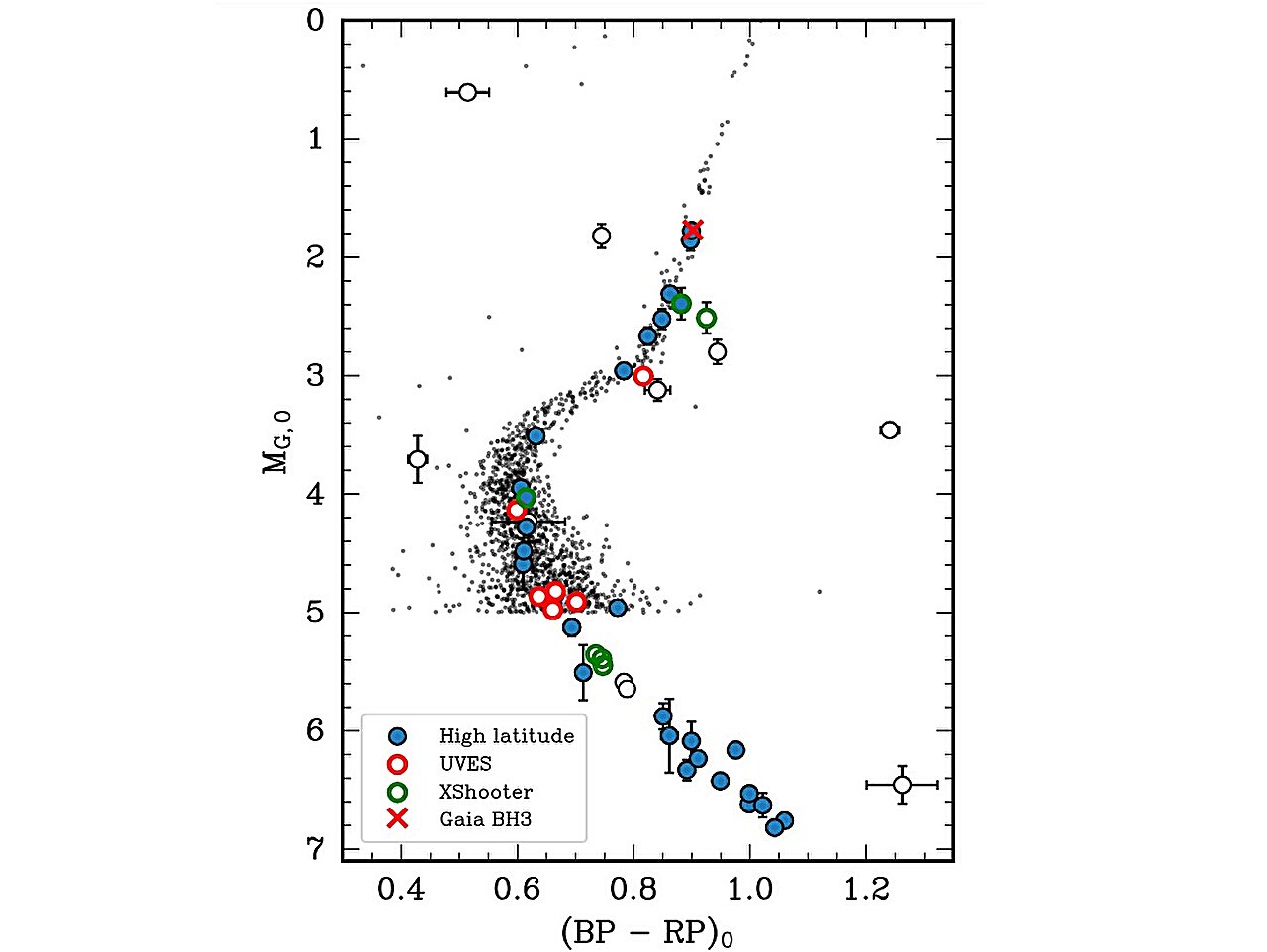neurolabusc / AppleSiliconForNeuroimaging
Historically, Macintosh computers running macOS have been popular with brain imaging scientists. Since macOS runs Unix, users can often use the same tools on their laptop as the Linux workstations and super computers used for large datasets. However, this trend may change. First, the new Windows Subsystem for Linux (WSL) has allowed Windows computers to seamlessly run Unix tools. Second, recent Macintosh computers have switched from Intel x86-64 processors to the ARM-based M1 Apple Silicon. This new architecture must translate existing code, and optimal performance will require tools to be recompiled. These two factors may make scientists reconsider future purchases. This page examines the potential for Apple Silicon to be used in brain imaging.
Unless you are a developer, I would strongly discourage scientists from purchasing an Apple Silicon computer in the short term. Productive work will require core tools to be ported. In the longer term, this architecture could have a profound impact on science. In particular if Apple develops servers that exploit the remarkable power efficiency of their CPUs (competing with AWS Graviton) and leverage the Metal language and GPUs for compute tasks (competing with NVidia's Tesla products and CUDA language).














